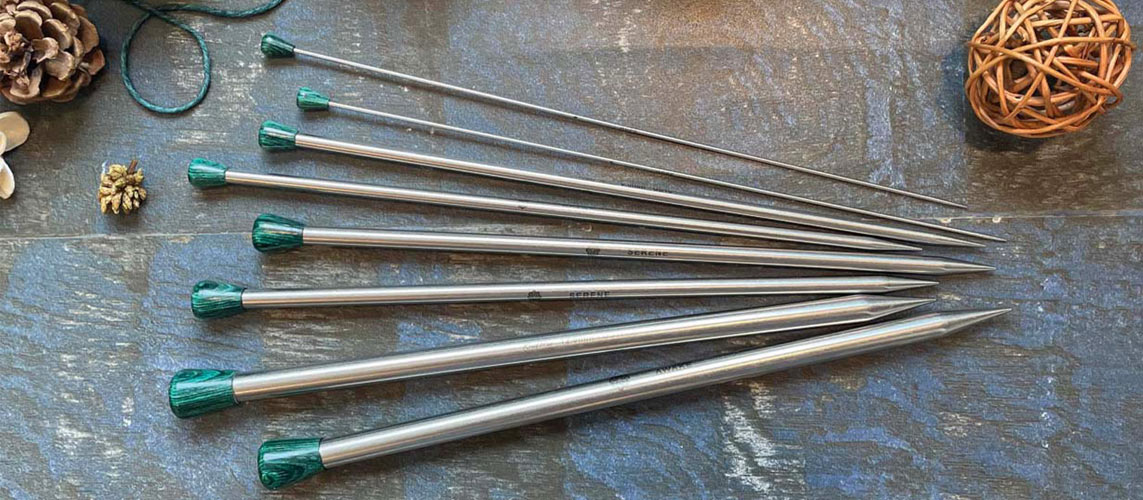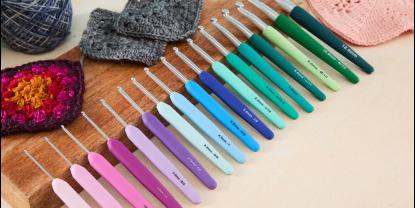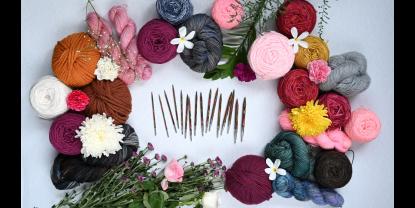The starting place for most knitting beginners and a staple in every knitter’s collection of tools are single-pointed needles. Most knitters learn the craft on a pair of single-point needles. Even advanced knitters always find ways to use their trusted needles. For knitters who like to tuck their knitting needles on their lap or against their bodies, straight needles are the ideal option. Besides, the stopper takes care of your stitches and does not let them drop while you are stitching up with the tapered tips.
In this blog, we’ll review single-pointed knitting needles and their use. Before that, let’s understand the basics.
Knitting Needle Sizes and Lengths
Like all knitting needles, it is the yarn’s gauge that most often dictates the size needle you will need. When you buy a skein of yarn, the yarn label will usually include a “recommended needle size” to obtain a specific gauge. Starting out for beginner knitters, we recommend using sizes such as US 6 (4mm), US 7 (4.5mm), or US 8 (5mm) on DK and worsted weight yarns. These needle sizes allow you to clearly see the stitches as they are being made.
Needle lengths depend on the number of stitches you cast on. Single-pointed needles normally come in 25 (10"), 30 (12"), 35 (14") and 40 (16"). Choose the length according to the number of cast-on stitches you need.
Yarn: If you are following a pattern, you will see a “recommended weight yarn”. If not, look for yarns that allow you to see stitch formation, such as DK or worsted weight yarns. Most yarn labels indicate a suggested needle size. It is a good idea to follow the yarn label when you are first starting out. Going up or down a millimetre can change the dimensions of your knitting. So, if you want to have exact measurements, starting with a gauge swatch.
|
Yarn Category name |
Metric knitting needle size |
Knitting needle size |
|
Lace |
1.5mm - 2.25mm |
0 - 1 |
|
Super fine |
2.25mm -3.25mm |
1 - 3 |
|
Fine |
3.25mm - 3.75mm |
3 - 5 |
|
Light |
3.75mm - 4.5mm |
5 - 7 |
|
Medium |
4.5mm - 5.5mm |
7 - 9 |
|
Bulky |
5.5mm - 8mm |
9 - 11 |
|
Super Bulky |
8mm - 12.75mm |
11 - 14 |
|
Jumbo |
12.75mm and higher |
14 - 17 |
You’ve got needles and yarn. Now you want to knit something.
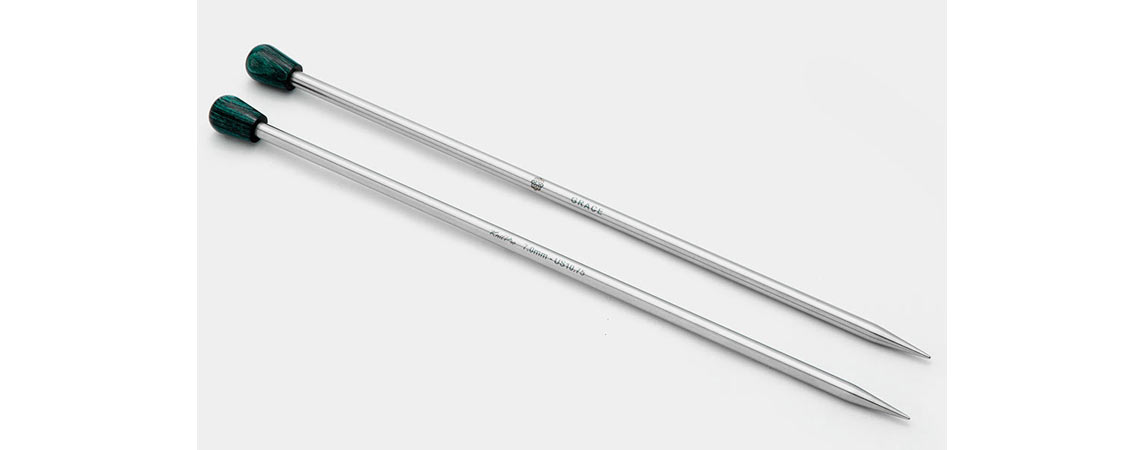
Cast on
Casting on is a way to create the base for the project you are making and it is the first step – the base row. There are multiple methods for casting on stitches. Many videos can be found, online, which will show you how to do so. You can also check out the German twisted cast on.
First make a slip knot on your left needle – creating your first stitch.
The Knit Stitch
The knit stitch is the most basic and fundamental stitch. After all, it’s the namesake of the craft. Once you master the knit stitch and you are a knitter.
Insert the knitting needle tip in the loop on cast on stitches and make Do this as many times as necessary to get the right number of stitches “cast on”. Notice that after you’ve completed casting on this row, the yarn is at the left side of your row or the end of your row. To keep knitting, you need the yarn at the right side of the row or the beginning of the row.
The Purl Stitch
Another fundamental step in learning knitting is the purl stitch. Just like the knit stitch, you insert the knitting needle in the loop. But, the difference when we purl is we loop the yarn on the needle to the front of the project.
Knitting Back and Forth
The single pointed needles work only for knitting back and forth. Each time you get to the end of the row and knit your last stitch, just turn your work around so that the working yarn is on the right.
Keep going until your knitting is as long as you need.
Once you have knitted stitches according to the measurements, it is time to cast off.
Cast Off
The cast-off will finish the piece. Just like cast on, there are various ways to do so. Explore online or learn from your mentor. Your knitting is now safely and securely off the needle!
After you practice the steps, you can go forwards with other complex stitches. Just remember, knitting only works on the knit and purl stitches.
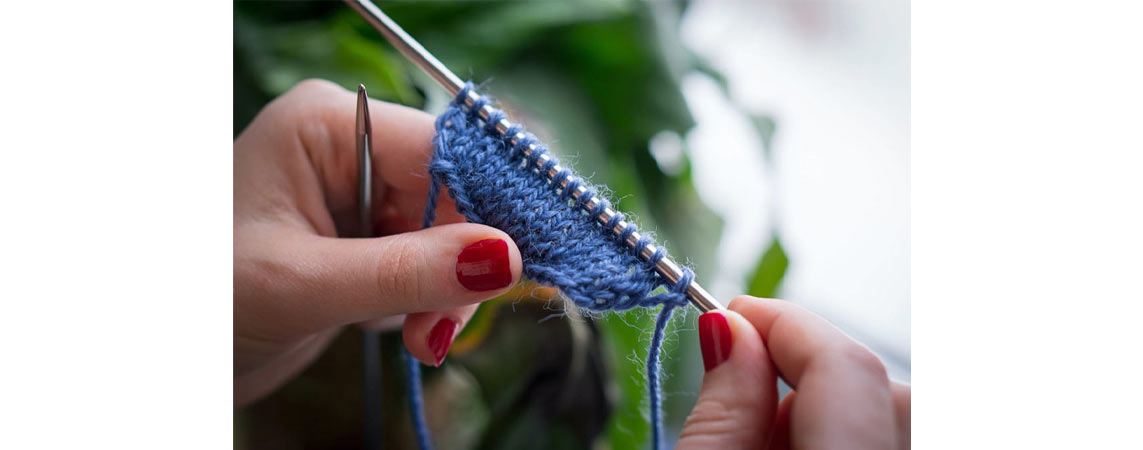
If you are a beginner, just keep in mind that it is a long journey from a total beginner to a master knitter. You might encounter common mistakes along the way of knitting. These might include new stitches mysteriously appearing on your needle, knitting that’s too tight or loose and little holes appearing in your work. That’s normal and, believe it or not, it’s one of the “lessons” of knitting.
Beginner-friendly projects will assist you in gaining confidence and polishing your skills. There are scores of them online. Go explore!
Mindful Collection treats mindful knitters with its exclusive range of knitting needles and accessories. Ready to be a mindful knitter? Explore our website.


